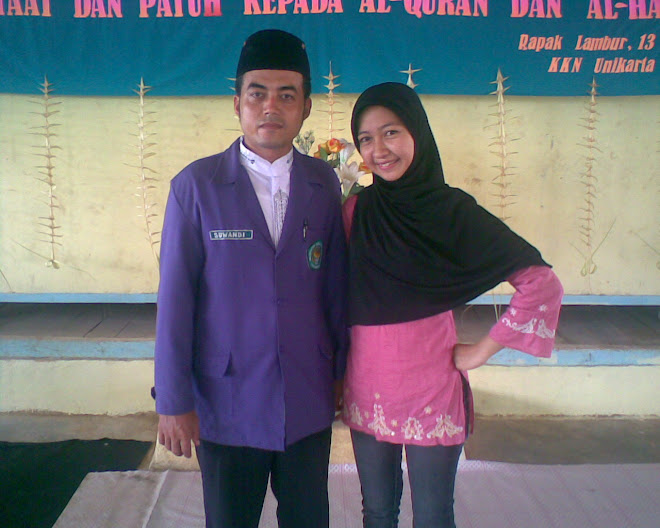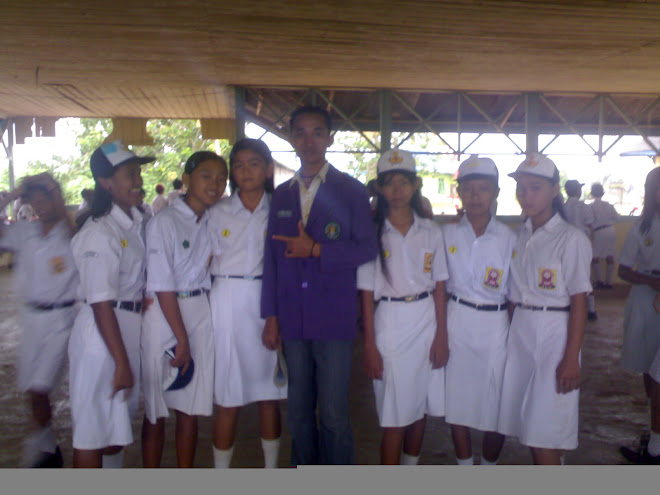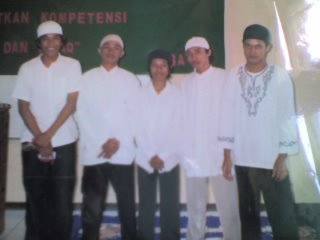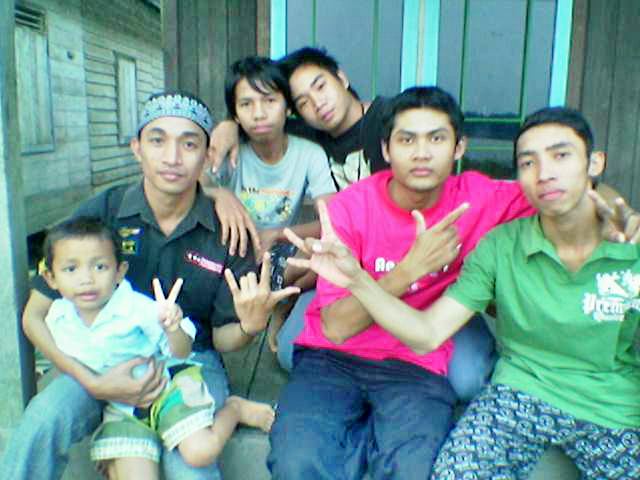
Microteaching is a rewarding solution
The learners apply the practice presented in the toolkit, and see the results.
Are you challenged by having to balance learning and getting work done? Consultants have begun to address that challenge by practicing "action learning", "applied learning", and "after-action review" — all ways of "learning by doing". Learning by doing provides a number of benefits, including decreased classroom learning time, focused transfer of learning to current business issues, and a way to evaluate the impact of new knowledge and skills on work as it occurs.
However, each of the above-mentioned methods requires significant planning and application to specific projects to achieve the best results. Microteaching is a way of delivering just-in-time learning, "one concept at a time," that avoids these requirements.
A practical way to learn
Microteaching delivers "bite size" learning to a group at a time when it can be applied immediately to a specific business issue. Microteaching can be used to change attitudes, improve behaviors, and increase skills at the moment they are most relevant to the learner.
Each microteaching activity is based on a conceptual model or skill presented on a single sheet of paper called a toolkit. Toolkits are completely portable and easy to access when needed. Each toolkit includes guidelines for its use, may be delivered via hard copy or online, and may be referred to long after the learning activity has been completed.
How does microteaching work?
The consultant introduces learners to an appropriate toolkit during a common work breakdown. The learners apply the practice presented in the toolkit, and see the results. For example, if a team cannot agree, the consultant calls a "stop action" and introduces the Reaching Agreement toolkit. Team members practice the behaviors outlined in the toolkit (e.g. "listening as an ally", "uncovering underlying issues", and so on), for immediate results. They quickly assimilate the learning with practice, and are able to re-apply the same concept (absent a consultant) when faced with the next team breakdown. It's a simple and practical way to help teams advance both the work and the members' skills.






































.jpg)
.jpg)




.jpg)
0 komentar:
Posting Komentar